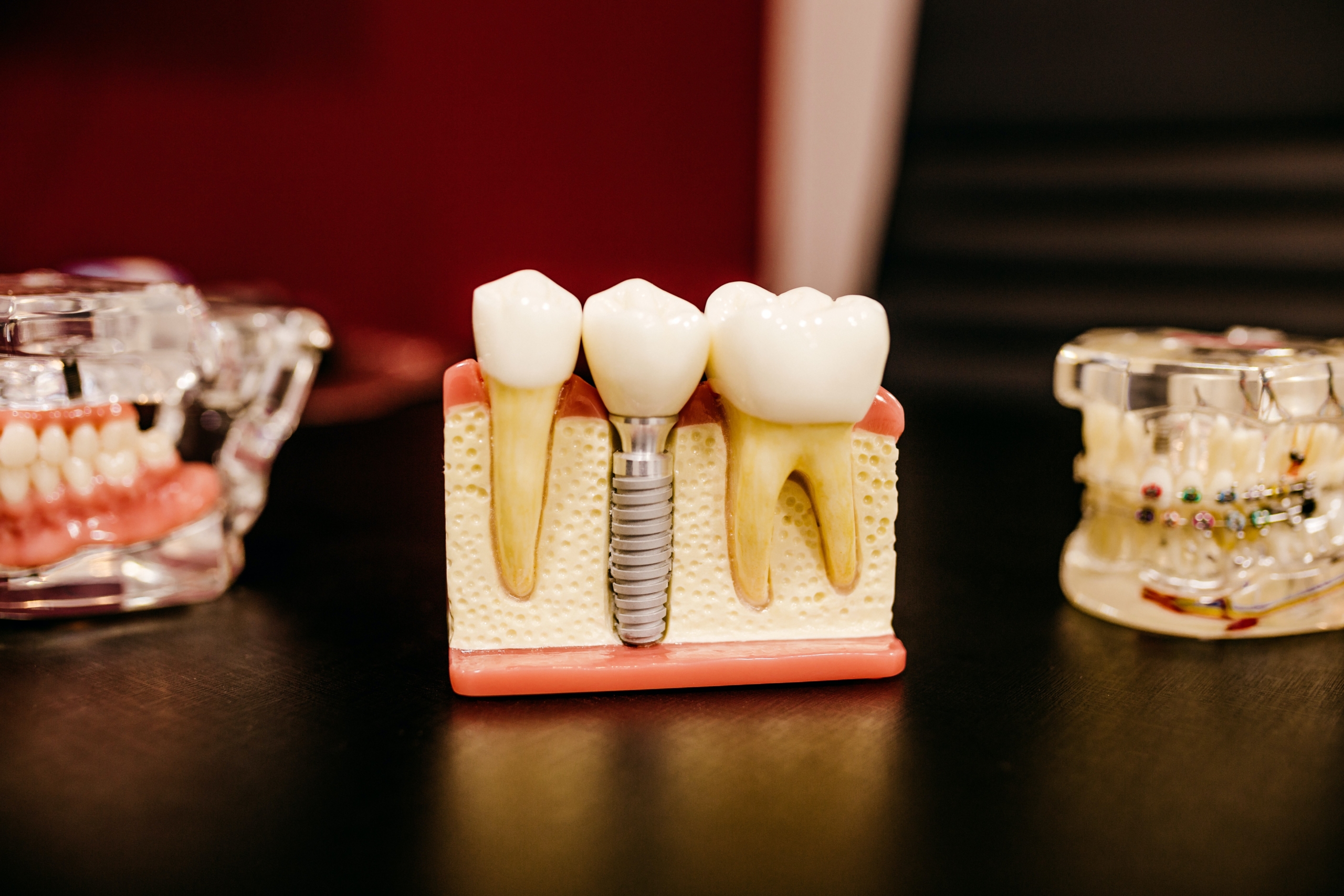Make an Appointment with us Today!
A healthy mouth begins with education, routine care and regular cleanings.
We take great care of your mouth right form the start.
About our Team
Resources
Contact
Lake Michigan Dental
2150 Lake Michigan Dr NW #A Grand Rapids, MI 49504
(616) 453-8211
Disclaimer: This website is provided for information and education purposes only. No doctor/patient relationship is established by your use of this website. No diagnosis or treatment is being provided. The information contained here should be used in consultation with a doctor of your choice. No guarantees or warranties are made regarding any of the information contained within this website. This website is not intended to offer specific medical, dental or surgical advice to anyone. Further, this website and Lake Michigan Dental take no responsibility for websites hyper-linked to or from this website and such hyperlinking does not imply any relationships or endorsements of the linked websites.
